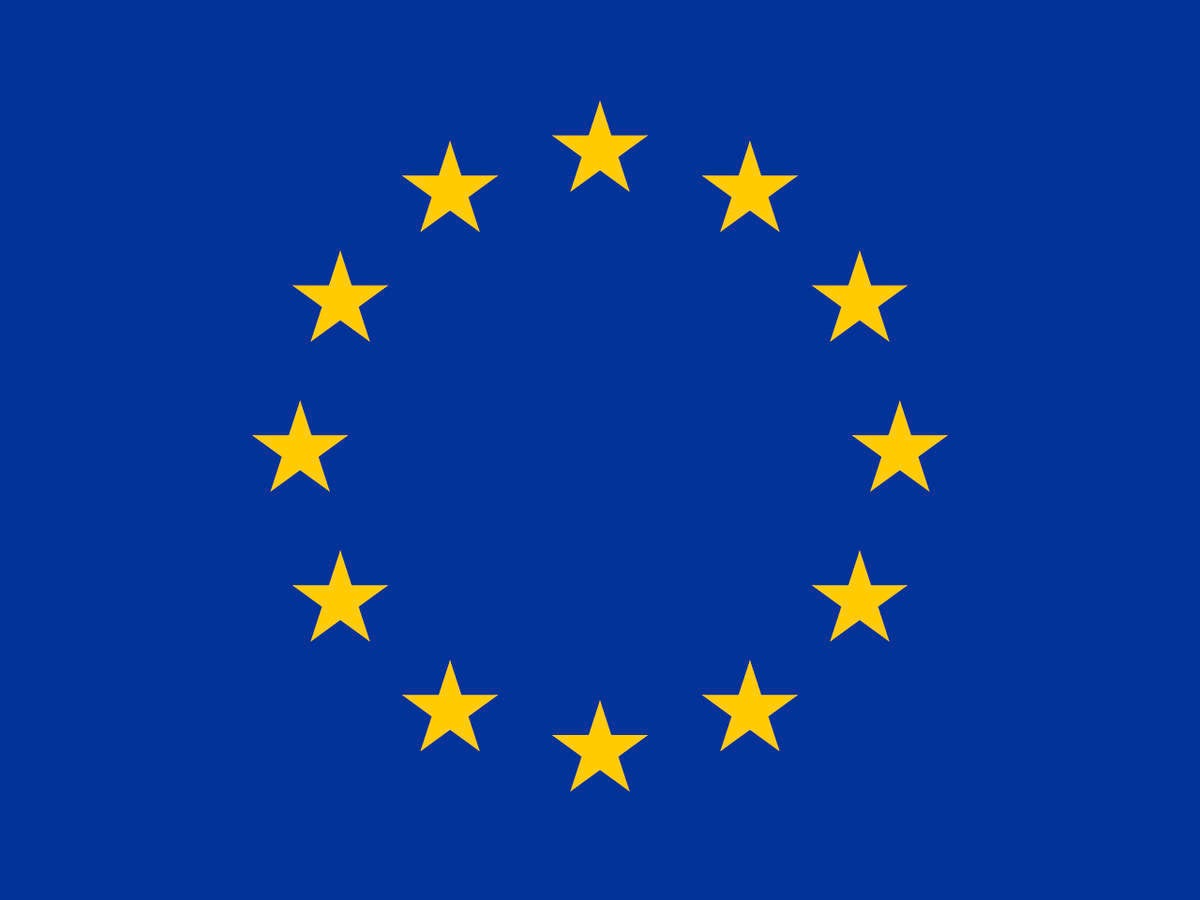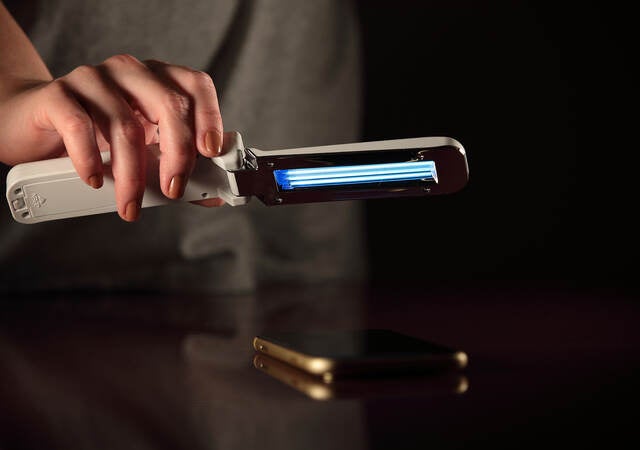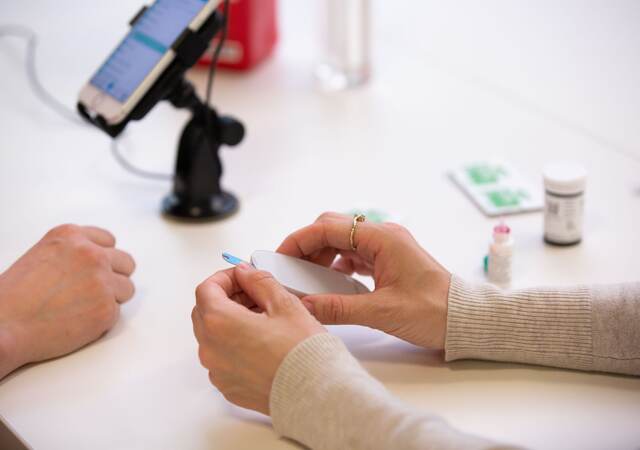March 1, 2021
Eudamed is one of the key drivers of the European Medical Devices Regulation (EU) 2017/745 (MDR) and the In-Vitro Diagnostic Medical Devices Regulations (EU) 2017/746 (IVDR). The European Database for Medical Devices, Eudamed, is intended to store and provide information on the manufacture, distribution, certification and post-market surveillance of devices. Both MDR and IVDR contain several articles that refer to Eudamed. The application of the MDR has been delayed by one year, until May 26, 2021. However, the development of Eudamed has been delayed by two years, now expected to become applicable from May 26, 2022. This is just in time to not interfere with the application of the IVDR, but for the MDR there will be a gap of one year.
Article 123(3)(d) addresses the possibility of Eudamed being delayed, in which case the administrative provisions of the ”old” Directives will apply until Eudamed becomes applicable. In the guidance document MDCG 2021-1 Guidance on harmonised administrative practices and alternative technical solutions until EUDAMED is fully functional, the Medical Device Coordination Group (MDCG) sets out how to apply certain provisions of the MDR that require the use of Eudamed. This post summarizes the general principles and the main requirements, and also suggests some practical solutions.
General principles
In general, all MDR requirements will apply as relevant, except for the parts that are missing due to Eudamed being delayed. (It must be noted that “legacy devices” that remain certified according to the current Directives are exempted for certain requirements needed for MDR certification.)
This means, for example, that for MDR-certified devices a Summary of Safety and Performance (SSCP) must be created, although publication of an SSCP in Eudamed is for now not possible. The second main principle is that Eudamed legally applies, after it has been fully implemented. While it is possible for economic operators already to register in Eudamed, the “old” registrations will remain the official source for information until Eudamed fully applies. This may introduce uncertainties to companies, but it also gives some freedom to meet these requirements. Emergo would like to encourage companies to use this room to attempt achieving full compliance and prepare for the next phase of full MDR/Eudamed compliance.
Some critical Articles
For the majority of the Articles affected by the Eudamed delay, current information systems can be temporary used, or the suggested solutions are quite obvious. But some articles require additional measures:
- Article 32 describes the SSCP and how it should be made public. There are two Eudamed-related issues. The first is about the Single Registration Number (SRN) of the manufacturer to be specified in the SSCP; the second is about the SSCP being published in Eudamed after Notified Body review and the obligation of the manufacturer to specify where this document can be found. According to MDCG guidance, at this moment it is already possible to register in Eudamed and have a SRN assigned, and the manufacturer must make the SSCP publicly available by other means.
- Article 53 requires a Notified Body to inform the other Notified Bodies about a manufacturer withdrawing an application for certification via Eudamed. Articles 54 and 55 for the Clinical Evaluation Consultation Procedure and the Scrutiny Procedure also need data exchange via Eudamed. The MDCG guidance suggests that this information can be shared with the other Notified Bodies via the European Commission data exchange server CircaBC. This means that manufacturers must assume that a withdrawn application will be shared with other Notified Bodies, even while Eudamed is not available. This also means that Articles 54 and 55 will in essence be applied in full.
- Article 56 requires certificates to be entered into Eudamed. This goes further than only uploading a document. This also requires entering data concerning amendments to certificates, suspended and reinstated as well as withdrawn certificates. MDCG guidance: notified bodies should make this information available on request. This will allow full transparency regarding certificates, although this is an extra step for the European citizen who wants to be informed about a certificate. However, it is not clear why it was not decided to use a publicly available CircaBC site (see next point).
- Article 77 covers information about temporary halted and early-terminated clinical investigations. This concerns the change of status of a study as well as the study report. MDCG guidance separates these items by referring the information on a status change to currently available national information sources while creating a publicly accessible CircaBC site for the study reports and summary reports.
- Article 86 is about the Periodic Safety Update Report (PSUR) for high-risk devices. The draft PSUR should be uploaded to the Notified Body via Eudamed, which will publish it on Eudamed with their evaluations where it will be visible to the Competent Authorities and the European Commission. MDCG guidance sets out that manufacturers should send their draft PSURs directly to their Notified Bodies. The Notified Body should provide the PSUR and evaluation to the Competent Authority on request. It is not clear why in this case the MDCG did not recommend CircaBC.
Emergo suggestions
Although the above provides guidance on Competent Authority expectations, there may still be practicalities to consider. Below suggestions should not be considered as legal requirements.
- Manufacturers should register in Eudamed now so they will have their SRNs assigned. Although this is not yet mandatory and the registration in Eudamed is not yet official, this is a great way to prepare well ahead of the full application of the MDR and Eudamed. The SRN can already be used on the declaration of conformity, the certificate and a field safety notice.
- The SSCP can be made public on the manufacturer’s website. However, according to Annex I, section 23.4(d) the manufacturer must provide in the instructions for use the link to the location of the SSCP in the device instructions for use. If that location changes after Eudamed becomes fully available, that information may be outdated. As a workaround, the manufacturer may start off with the SSCP on their website. Once Eudamed becomes available that link may be redirected to Eudamed. Over time the instructions for use can be edited to refer to Eudamed, which is not a significant change and does not require additional review by a Notified Body. As long as it can be expected that the old instructions for use may be used for identifying the location of the SSCP, the manufacturer should maintain that location on their website and keep redirecting to Eudamed. The citizen looking for information will find the same information, regardless of whether they go to the site of the manufacturer or to Eudamed.
- Notified bodies should consider setting up a website with information on their certificates containing the same information as Eudamed. This will allow the European citizen direct access to this information, and Notified Bodies may also avoid having to spend too much time on such requests.
- The European Commission may consider applying CircaBC for more than study summary reports alone. It may be practical to manage information on certificates and halted or terminated studies there as well.
Additional European MDR, IVDR and Eudamed resources:
- EU MDR preparation and compliance resource center
- EU IVDR compliance resource center
Request more information from our specialist
Thanks for your interest in our products and services. Let's collect some information so we can connect you with the right person.







